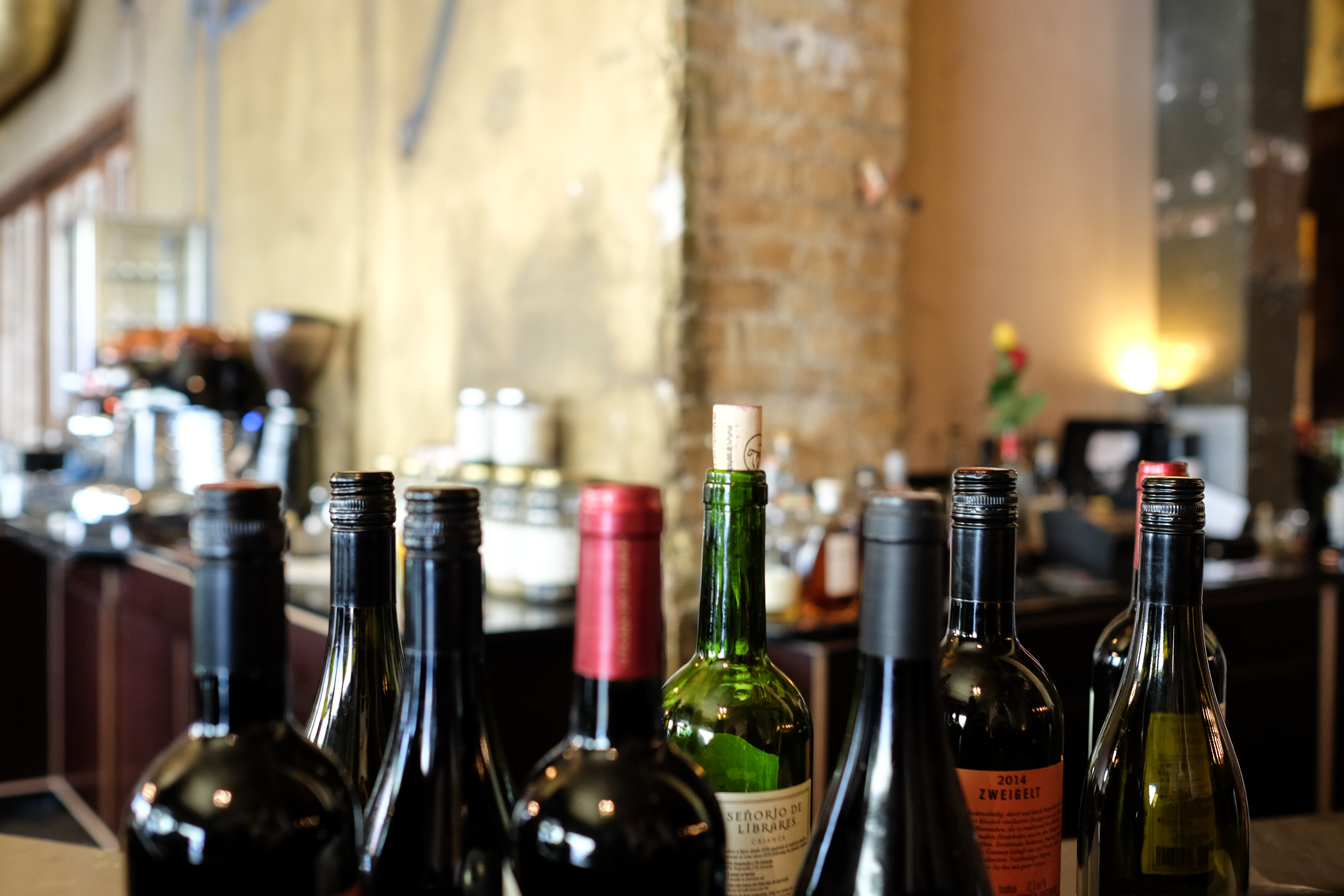We often make one mistake: confusing wine with food, placing the two of them together in a big container. Wine is not food, because in Italy wine is international, but food isn’t so much. I was carefully listening to the guests during the Milan Social Media Week and when they were talking about food, everything was about the Italian market and marketing…but when it came to wine, things changed.
It seems that wine found the key to success and survive in the digital era, learning how to take advantage of an ever-changing way of communication: social networks.
Market and marketing the wine industry
Firsts things first: Italy, in the wine industry, acts like a brand. The ‘Bel Paese’ is the biggest producer of wine in the world, followed by France and Spain, and we learned how to market our goods late, if compared to the US (that produces half of Italian’s quantities: 49,500hl vs. 22,140hl). And of course, social networks played and still play the main role in this game.
According to Antonio Bonanno (Xpitality srl), a social media strategy is essential to wine cellars and distributors now a day, but how to get followers and like? Something coming from the US that is becoming more and more popular to engage wine lovers is combining music and wine together, to create something like “music cellar series”, were people go, taste incredible wine and listen to good music…of course, there are influencers among the guests, but still it truly makes people know the brand and stay with it.
What if the brand is already known?
Instagram, Facebook and Twitter are the main channels through which a brand can expand, especially Instagram, thanks to its innate sympathetic and visual language. And if everyone uses social networks, what’s the key ingredient for a successful social campaign?
Differentiation is the key
Different social media per different countries, different content per different social networks and country and different languages per each social. These are the keys to success according to other guests like Antonella Manuli, from Fattoria La Maliosa and Luisa Calvo, from Marchesi de Frescobaldi. The latter mentioned how different content per country is essential to have an engaged and faithful consumer. An example? In US, Tuscany is not only a region but also a proper brand, appealing enough to make someone buy a bottle of wine. It’s a guarantee. In Italy? Yes, it is, but not enough. And here comes the differentiation on social networks: in Italy what appeals the most is seeing the face of the winemaker, it places Italians in a position of trusting the man on the bottle. I trust the man, ergo I buy the bottle.
Antonella Manuli mentioned how, in her case, it’s essential to work on different social networks depending on the country they want to focus on. “Instagram and Facebook are the most used ones” she says, and since their source of economy relies entirely on exporting their goods, they learned that, for example “when we focus on Japan, we use Instagram, because it’s the most used social network over there and we use Twitter for the English speaking countries, especially in UK since their pragmatism makes Twitter the perfect social media”.
To differentiate means to have success… Should the food industry learn something from wine this time?
Giulia Baroni
Vivo in una nube, non solo come scelta digitale ma anche come scelta di vita. A volte torno sulla terra e adoro realizzare che viviamo in un mondo globalizzato, ecco perché sono sempre curiosa e pronta ad imparare da culture differenti. Vivi per imparare ed impara per vivere.




